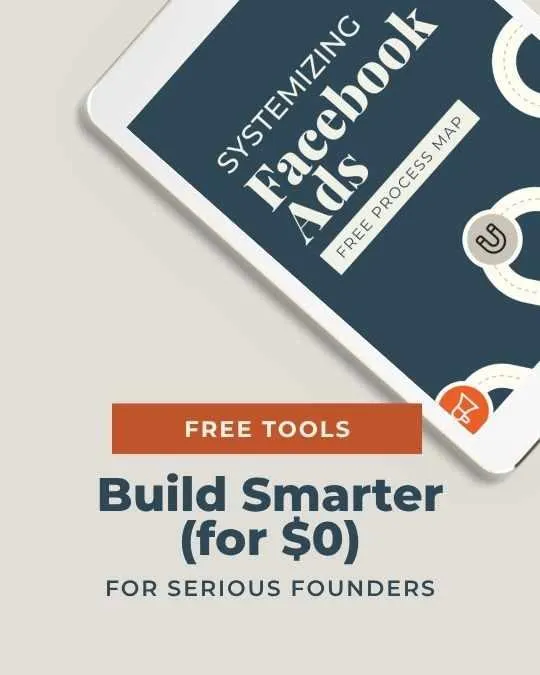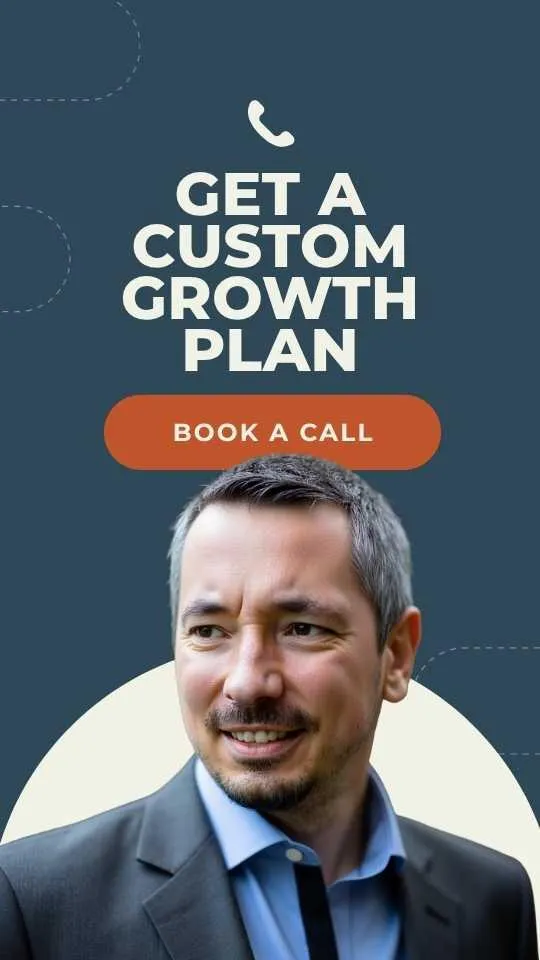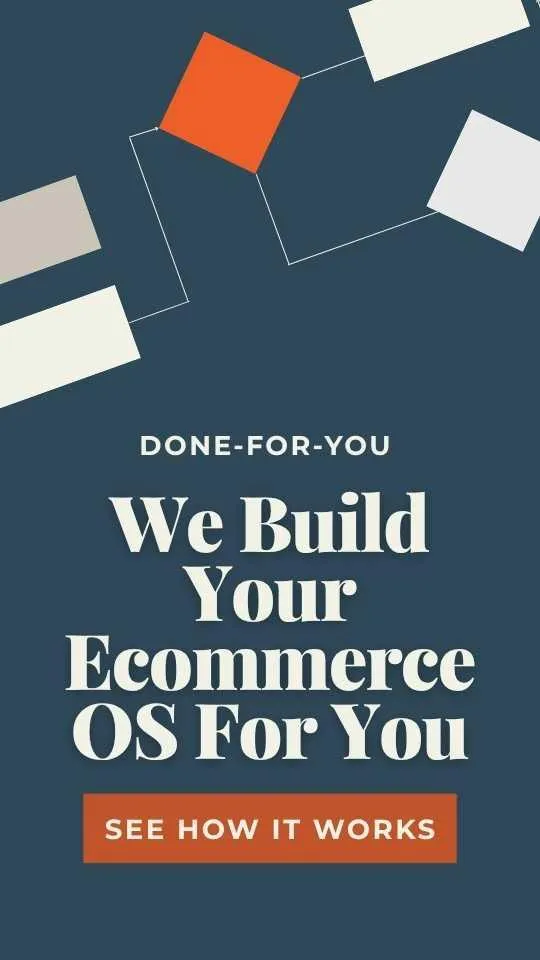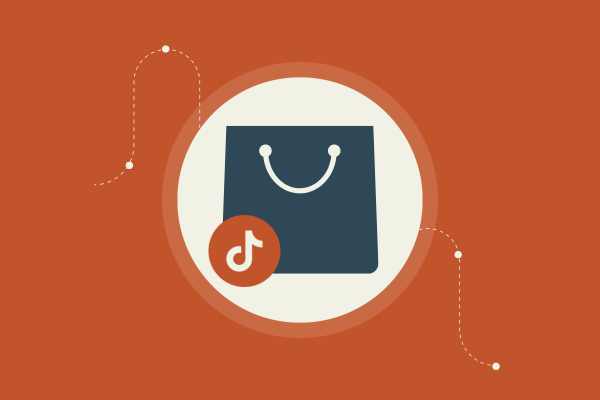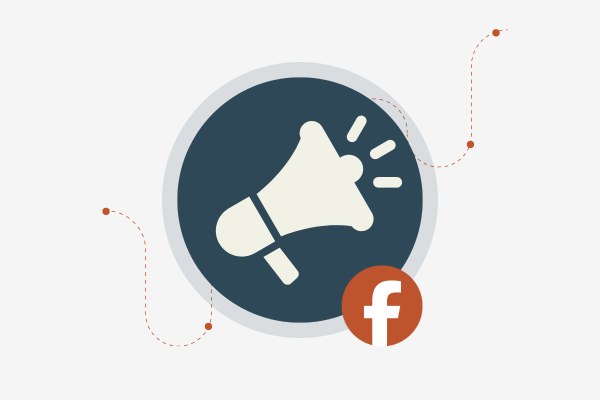How to Find the Right Graphic Designer for Your eCommerce Store: Nail Your Brand Look
Finding the perfect graphic designer for your eCommerce store can be a game-changer. You need someone who understands your brand and can create designs that attract customers. It might seem daunting with so many options out there, but narrowing down your choices becomes easier when you know what to look for.
You want a designer who not only has the skills but can also align with your business goals. Look at their portfolios and see if their style matches your brand. There are platforms like Behance and Dribbble where you can explore the work of various designers.
Integrating sharp graphic design into your strategy will keep your store looking fresh and appealing. Plus, staying updated with the latest design trends gives you an edge over the competition. So, dive in and find that designer who will take your eCommerce store to the next level.
Key Takeaways
Find a designer aligned with your brand
Use portfolios on sites like Behance
Stay updated with design trends
Recognizing the Role of Graphic Design in Ecommerce
Graphic design is critical for an eCommerce store's success. From grabbing attention to ensuring smooth navigation, it's key in shaping customer journeys and boosting conversions.
Brand Identity and Visual Appeal
Your eCommerce brand isn't just a name or a product. It's an experience. Graphic design is your toolkit to create brand identity and visual appeal. Think about how a well-designed brand identity can make your store stand out.
Logos, color schemes, fonts—these are more than just pretty visuals. They’re about leaving a mark on your customer's mind. Imagine a logo that speaks for you even when you're not around. Visual elements help create trust and make your brand memorable. Without them, your store is just another face in the crowd.
User Experience and Responsive Design
Now, let’s talk about user experience. Your website needs to feel like a well-oiled machine. People love sites that are easy to use and pleasant to look at. This is where responsive design comes in.
A site that works perfectly whether someone’s on a phone or a monster-sized screen? That’s a winner. Responsive design focuses on this seamless user experience. If users struggle to navigate, they’ll bounce quicker than you can say “lost sale.” Nail this, and they’ll stick around, explore, and maybe even make a purchase.
Conversion Rates and Professional Design Impact
Here’s the meat: a sharp-looking, professionally designed site ups your conversion game. It’s as simple as that.
Professional graphic design turns visitors into customers. It builds trust, which means higher conversion rates. When people feel at ease, they’re more likely to hit that buy button. Picture a site that holds attention and guides users like a friendly shop assistant. That’s what good design does—it turns clicks into cash.
In this competitive world, your store needs every inch of advantage it can get. Graphic design is where you find that edge.
Finding the Perfect Graphic Designer
You need a graphic designer who gets your brand. They should mix creativity with technical skills and excel in communication. Evaluating these points helps avoid costly mistakes. Here’s how to find the right person for your eCommerce store.
Understanding Designer Qualifications
Check their qualifications. A diploma or degree says they’ve learned design principles like typography and branding. But real proof? Their portfolio. Look for diverse projects that show off creativity and attention to detail.
Experience matters. Consider how long they’ve been in the business. Years of experience often mean better skills and less trial and error. A seasoned designer will know how to bring your brand to life effectively.
Assessing Technical Skills and Design Software Proficiency
Tools are essential. The designer should know popular graphic design software like Adobe Creative Suite, Adobe Creative Cloud, and Sketch. Ask which tools they use and why.
Also, review their technical skills. Can they follow your brand guide? Look for projects that show technical talent, especially projects close to what you envision for your store. A designer with strong technical skills will create high-quality work, minimizing back-and-forth revisions.
Evaluating Communication and Problem-Solving Abilities
A designer can have top-notch skills, but lousy communication is a deal-breaker. You need someone who listens well and explains their ideas clearly. Good communication skills ensure your vision aligns with their design.
Problem-solving skills are equally crucial. Design is more than just looks; it’s about solving business challenges. A great designer finds creative solutions quickly, improving the user experience. When hiring, ask about past projects where they faced challenges and how they overcame them.
Graphic Designer Types and Situations
Understanding the difference between freelance and in-house designers, and knowing how digital designers fit into your online brand landscape, are crucial steps.
Freelance vs. In-House: Pros and Cons
You want flexibility? Go freelance. Freelancers are great for short-term projects. They bring a variety of design styles to the table. You pay them per project or by the hour, like these flexible hourly rates mentioned online. You can tap into a wide pool of design talent. Get fresh eyes on your brand.
Thinking long-term? An in-house designer is your go-to. They know your brand inside and out. Consistency is key here. In-house designers hang around longer, perfect for maintaining brand consistency. They’re part of your team, understanding the ins and outs of your online business. They can adapt to your business goals as they evolve.
Digital Designers and the Online Brand Landscape
Digital designers rule the online world. They’re your best friend when it comes to creating an engaging eCommerce experience. Think about digital tools and platforms like Photoshop and Illustrator. These help designers craft stunning visuals.
Your online business thrives on visuals. Digital designers focus on digital marketing strategies, from eye-catching ads to sleek website layouts. They bring life to your brand on screens large and small. Ensure they're aligned with the rest of your digital marketing team. They'll help you navigate the online brand landscape like a pro. Your business can't afford to overlook their importance.
Integrating Graphic Design into Your Marketing Strategy
Graphic design can boost your eCommerce store by enhancing brand identity and improving conversion rates. High-quality images and consistent visuals are key to capturing your audience's attention and turning visitors into customers.
Leveraging Social Media Graphics and Email Marketing
Social media is your stage, and graphics are the spotlight. Eye-catching visuals boost engagement and make your brand memorable. Your graphics should scream your brand values and look consistent across all platforms. Trust a skilled eCommerce graphic designer to handle this.
Email marketing is another heavy hitter. Enrich your emails with bold graphics. It’s not just text; it’s about creating a visual story. When customers see your emails, they should feel your brand identity without reading a single word. This connection can lead to better open rates and conversions.
Creating High-Quality Product Images and Infographics
Let’s talk product images. High-quality images aren’t a luxury—they’re a necessity for eCommerce. Potential buyers can’t touch or try your products, so images do all the talking. Invest in top-notch photography or an experienced designer who knows how to make products pop.
Infographics are your secret weapon. They're perfect for breaking down complex information through straightforward visuals. They’re not just pretty; they inform. A well-crafted infographic can simplify technical features or present statistics in an engaging way. Use them to educate your audience and subtly guide them towards buying decisions.
Staying Ahead: Design Trends and Tools
To make sure your eCommerce store stands out, you need to keep up with the latest design trends and use the right digital tools. These will help you create stunning visuals that connect emotionally with your customers and enhance their shopping experience.
Keeping Up with Design Trends
First, connect with people who have different design styles. This is powerful because hearing their ideas can give you fresh perspectives. Use online resources like blogs and social media for inspiration. Bookmark graphic design blogs and follow influential designers to stay updated.
Engage in online communities where designers share their experiences. This fosters learning about new trends like multimedia and grunge design. Combine these trends with timeless design principles to create something both trendy and enduring. Use color theory and creative concepts to evoke emotional connections. This helps your brand stand out by resonating with your audience on a deeper level.
The Must-Have Digital Tools for Designers
Your toolbox matters. Get familiar with essential graphic design software. Programs like Adobe Creative Cloud and Sketch are staples. They offer you everything you need for digital art, from vector graphics to photo editing. Canva is perfect for quick, on-the-go designs with easy-to-use templates.
Consider making interactive visuals using tools like Figma. It's built for collaboration and brings out the best in visual elements. Use tools that help create dynamic color combinations and elevate your design game, like Color Hunt or Coolors. These apps make color theory simple. Always be on the lookout for emerging design software that can streamline your workflow while enhancing creativity.
Implementing the Design Process
When you're choosing the right graphic designer for your eCommerce store, understanding their design process is key. A strong design process ensures that your brand message is clear, visually engaging, and consistent across various platforms. Get ready to dive into how this can work for you.
From Creative Concept to Final Design
The journey from a creative concept to the final design is like crafting a masterpiece. It starts with clear communication between you and the designer. Before any design work begins, you need to discuss and outline your ideas. Think of it as setting the stage. A solid concept is built on strong problem-solving skills and involves brainstorming and sketching.
Next comes the magic of design principles. A designer applies principles like balance, contrast, and alignment to bring your ideas to life. This is where technical skills come in. Using tools like HTML, CSS, and JavaScript can help in creating interactive and responsive designs. They lay the foundation for translating those brilliant sketches into digital reality.
Finally, refining details ensures that every element works in harmony. Proofreading and testing are crucial to catching any mistakes before the design gets the green light. This meticulous process guarantees a polished outcome that matches your vision.
Ensuring Consistency Across All Platforms
Brand and visual consistency are essential in your design process. This ensures that whatever you put out, from a social media post to a product page, looks like it's part of the same family.
Start with a brand guide. It’s your rulebook for colors, fonts, and logo usage.
Sticking to a brand guide helps maintain visual consistency. Whenever you create new content, refer back to this guide. It’s your checkpoint, making sure everything looks and feels right.
Consistency builds your brand identity, so your customers instantly recognize you, whether on a website or a printed flyer.
Print design can also reflect your brand’s unity. While digital dominates, print is still powerful.
Ensure that colors and style match across both digital and print. This solidifies your brand’s presence everywhere, building trust and familiarity with your audience.


